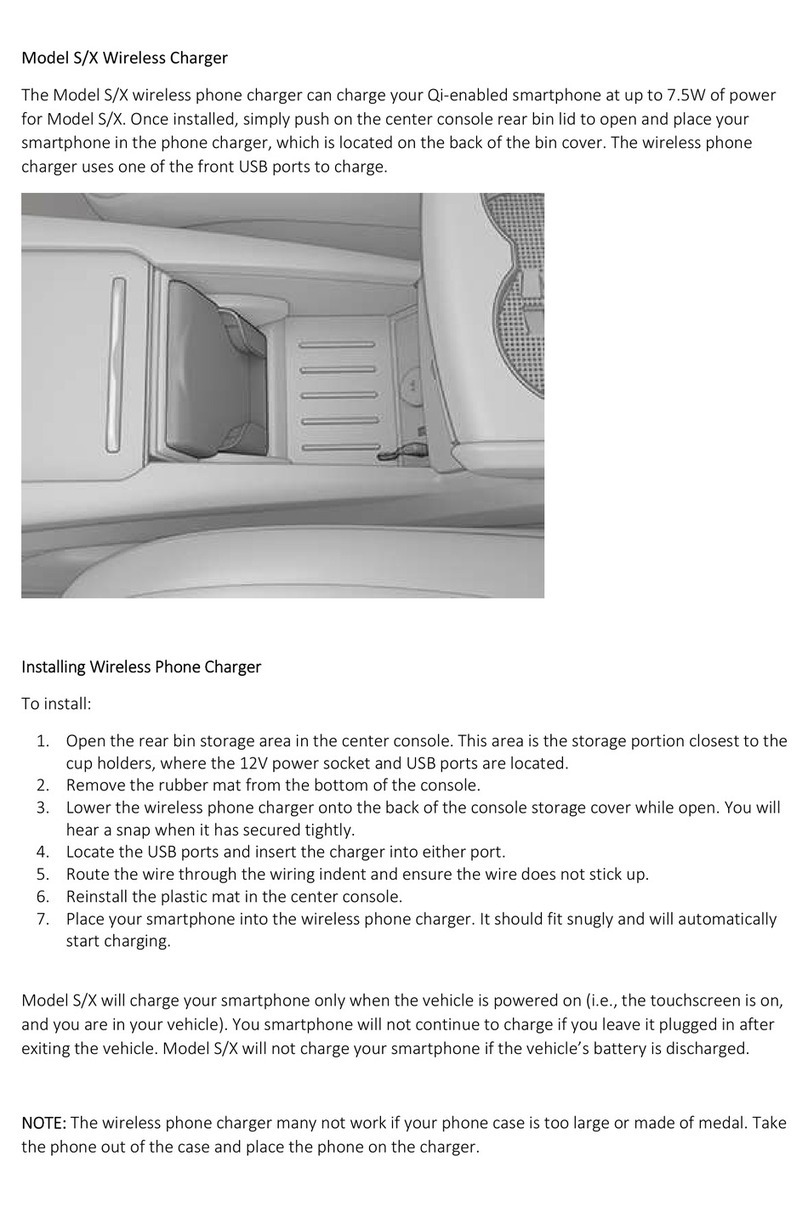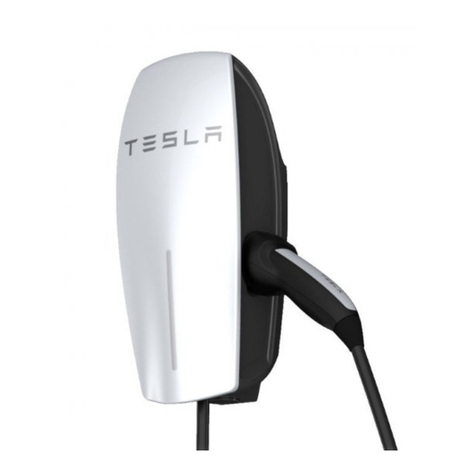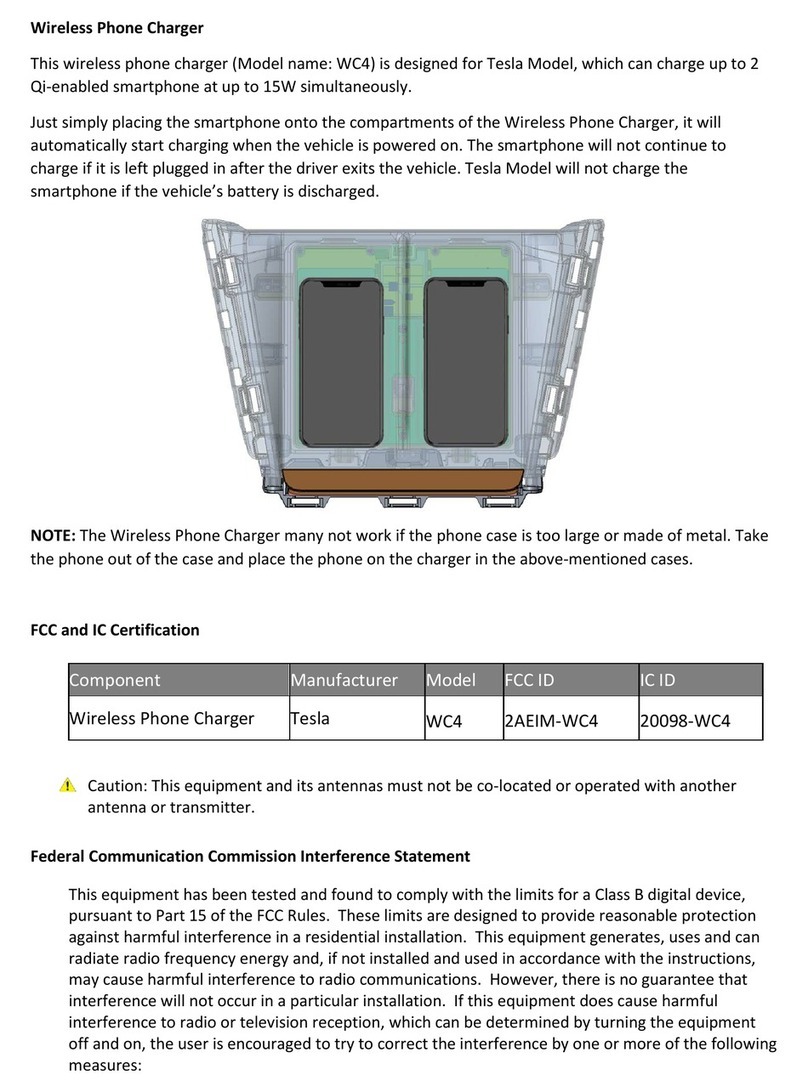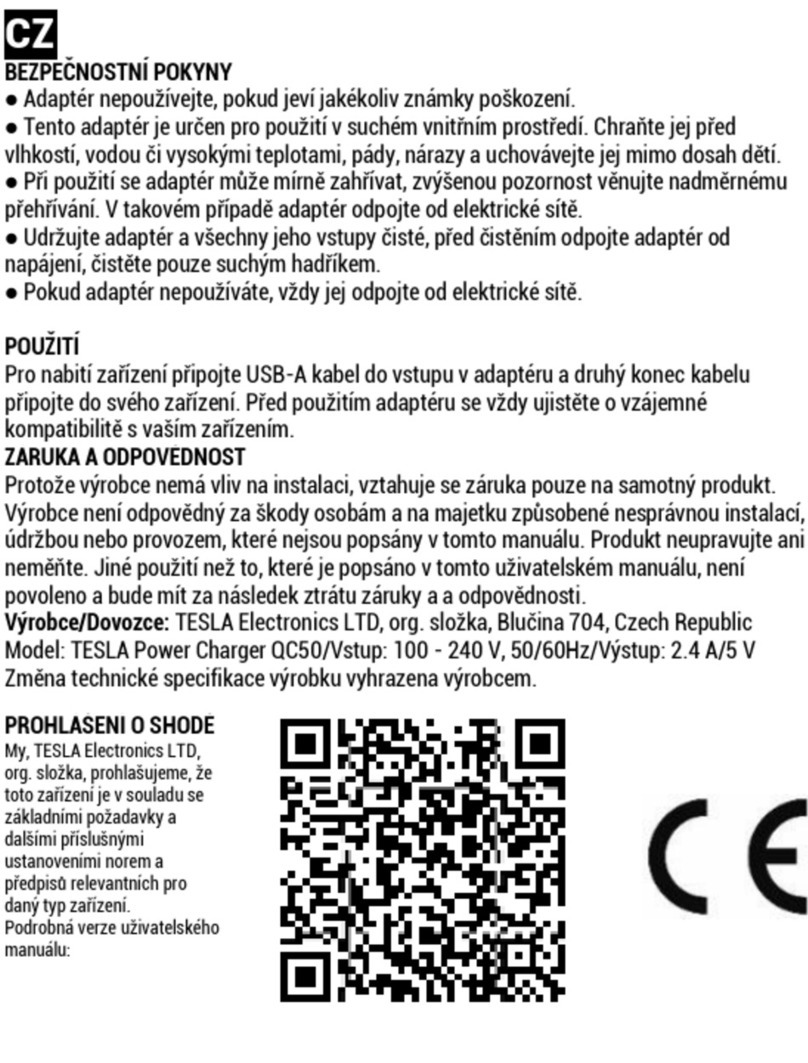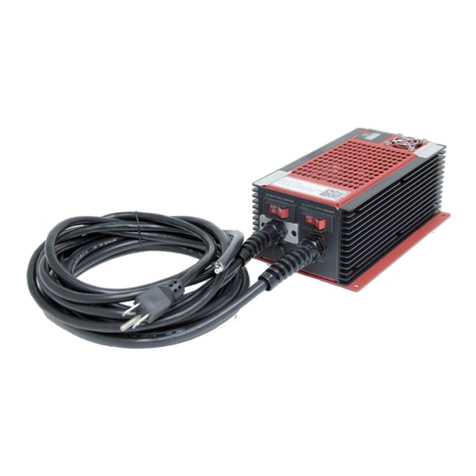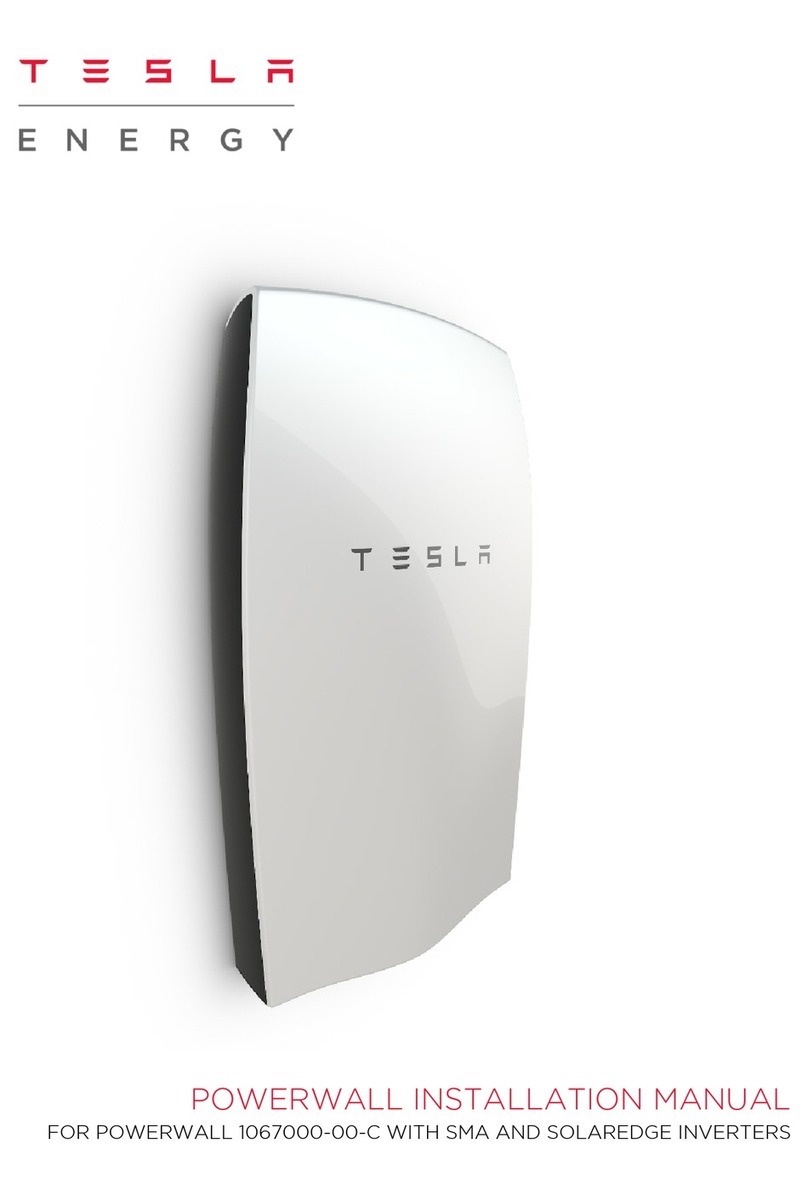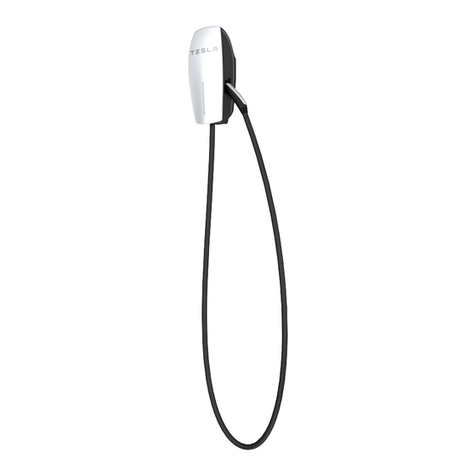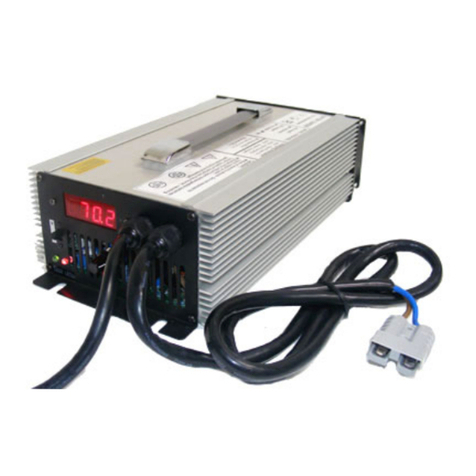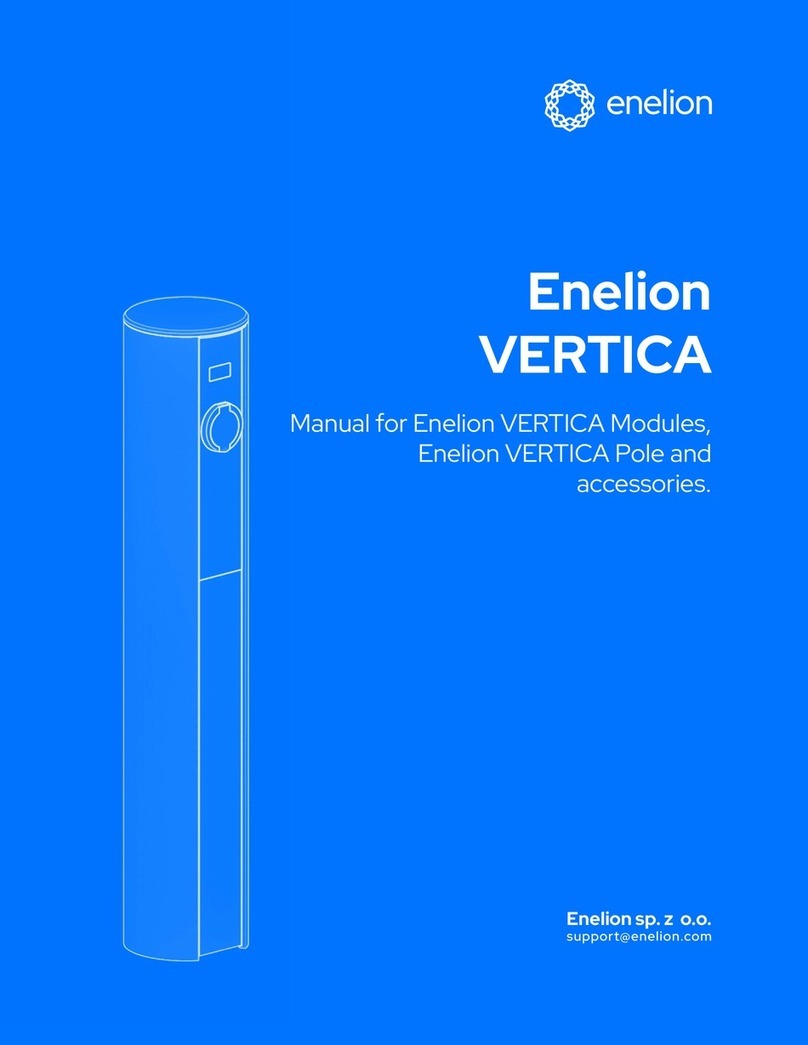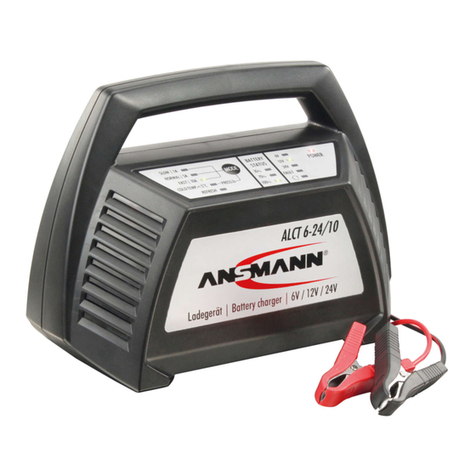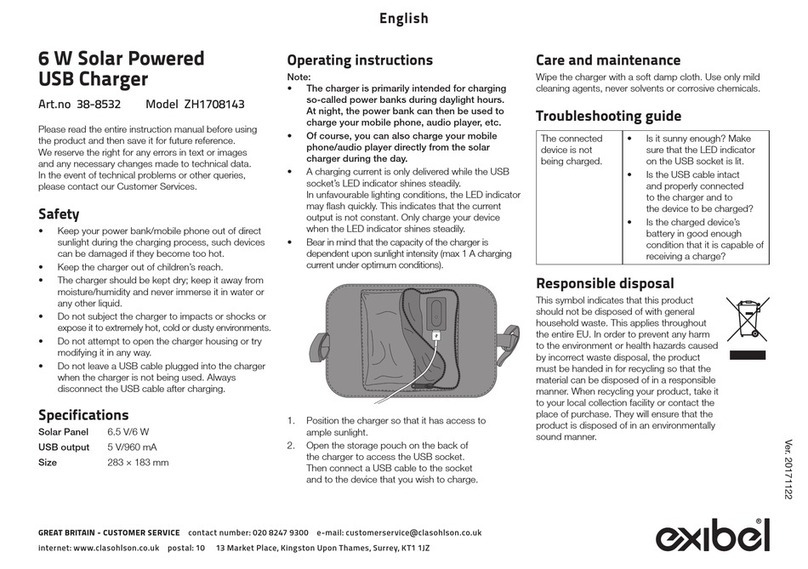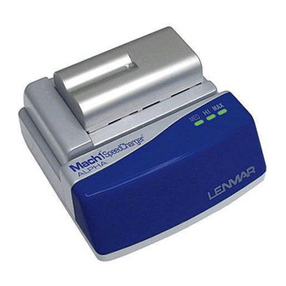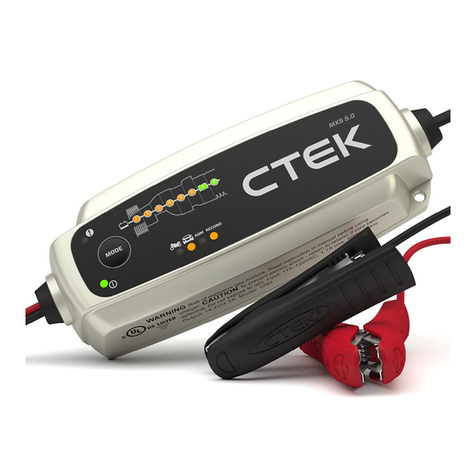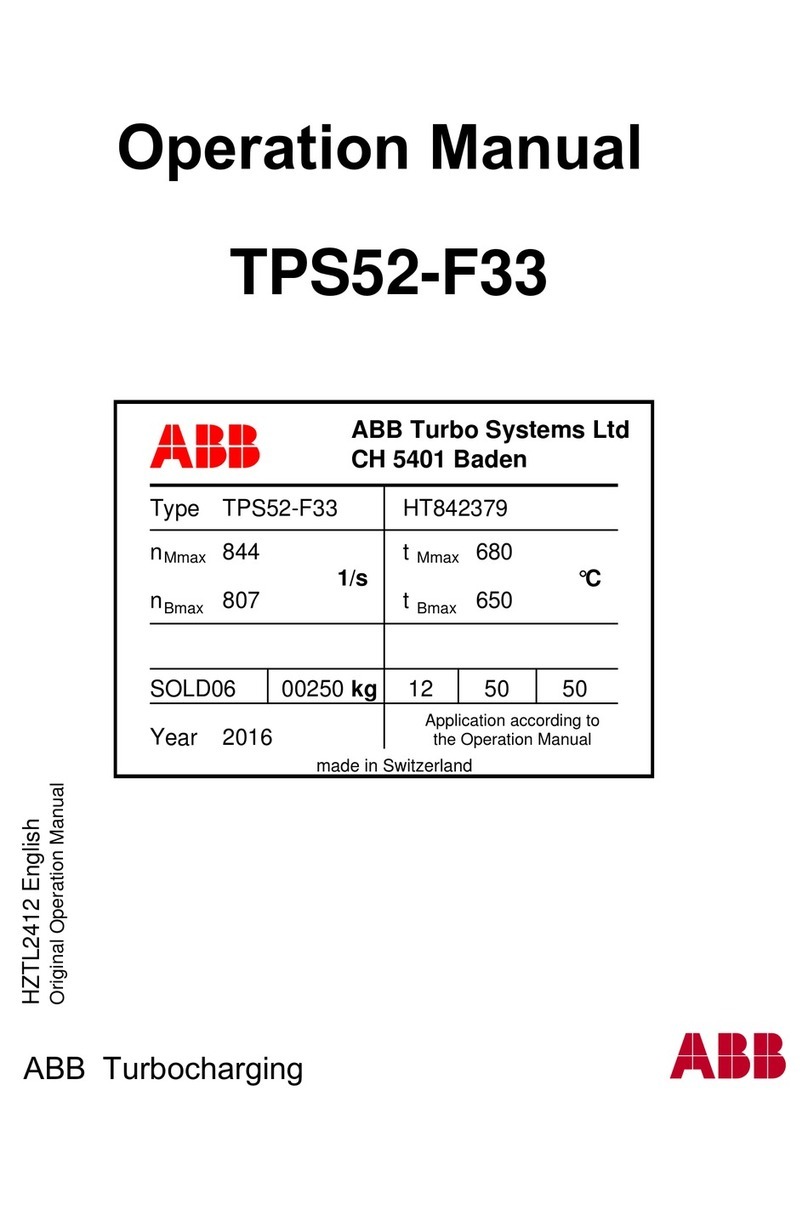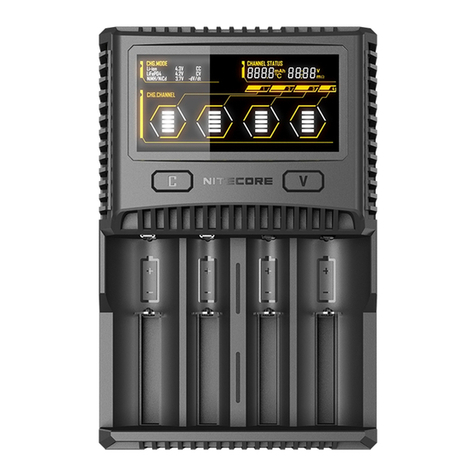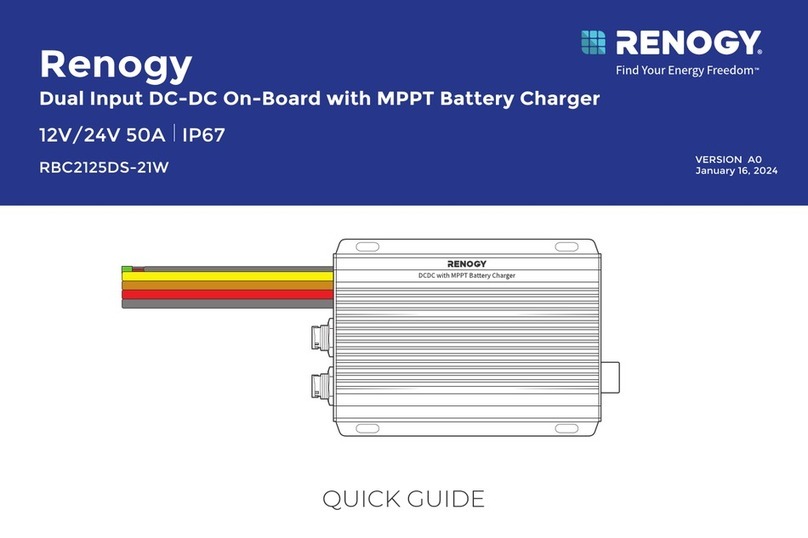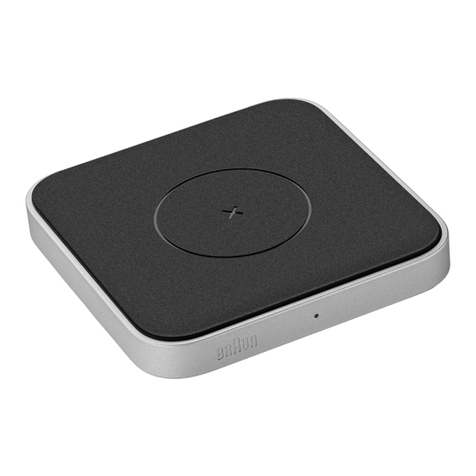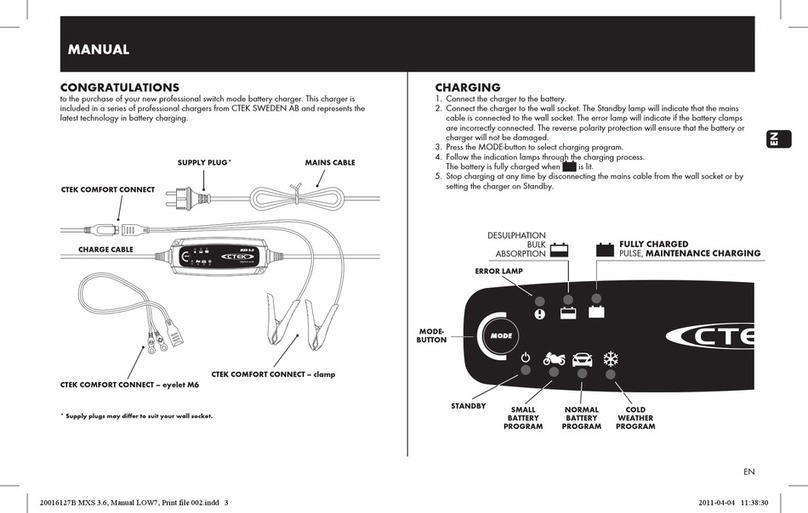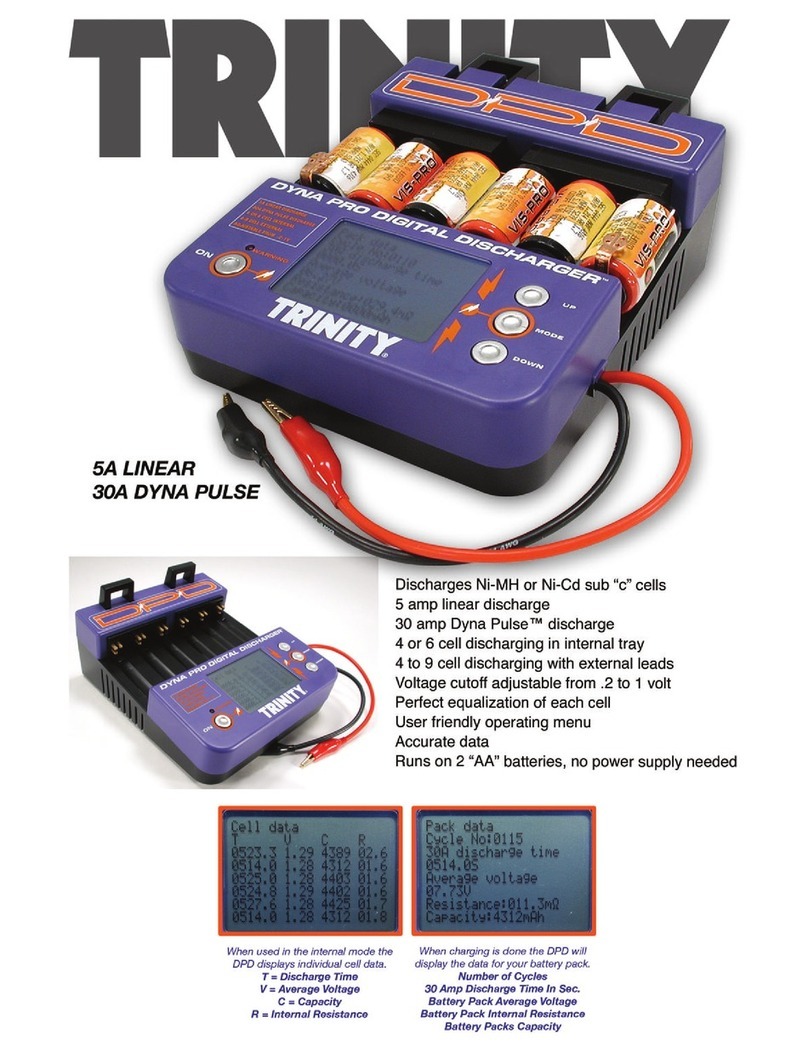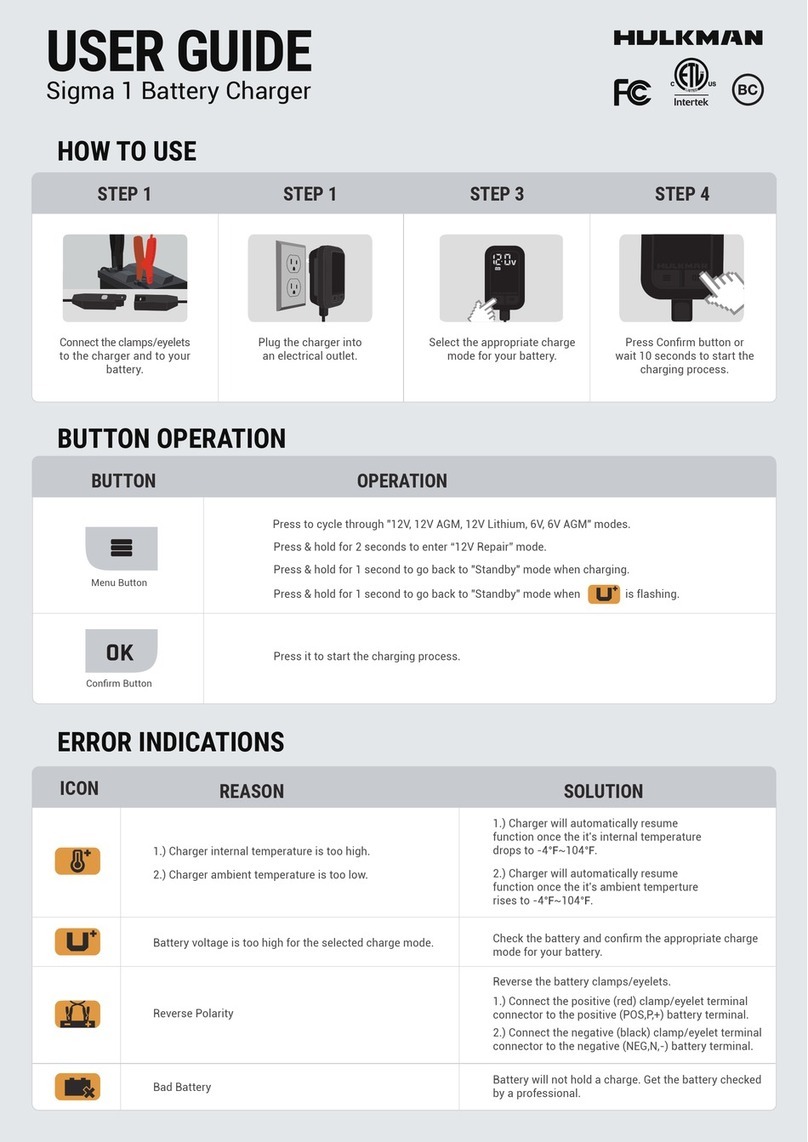
2 WALL CONNECTOR INSTALLATION GUIDE
Safety Information
SAVE THESE IMPORTANT SAFETY INSTRUCTIONS
This document contains important instructions and warnings that must be followed when installing
and maintaining the Wall Connector.
WARNINGS
The Wall Connector must be grounded through a
permanent wiring system or an equipment grounding
conductor.
Do not install or use the Wall Connector near
flammable, explosive, harsh, or combustible materials,
chemicals, or vapors.
Turn off input power at the circuit breaker before
installing or cleaning the Wall Connector.
Use the Wall Connector only within the specified
operating parameters.
The Wall Connector is designed only for charging a
Tesla vehicle (excluding Tesla Roadster). Do not use it
for any other purpose or with any other vehicle or
object.
Stop using and do not use the Wall Connector if it is
defective, appears cracked, frayed, broken, or
otherwise damaged, or fails to operate.
Do not attempt to open, disassemble, repair, tamper
with, or modify the Wall Connector. The Wall
Connector is not user serviceable. Contact Tesla for
any repairs.
Do not use the Wall Connector when you, the vehicle,
or the Wall Connector is exposed to severe rain, snow,
electrical storm, or other inclement weather.
When transporting the Wall Connector, handle with
care. Do not subject it to strong force or impact or
pull, twist, tangle, drag, or step on the Wall Connector,
to prevent damage to it or any components.
Protect the Wall Connector from moisture, water,
liquid, and foreign objects at all times. If any exist or
appear to have entered, damaged, or corroded the
Wall Connector, do not use the Wall Connector.
Do not touch the Wall Connector’s end terminals with
sharp metallic objects, such as wire, tools, or needles.
Do not forcefully fold any part of the Wall Connector
or damage it with sharp objects.
Do not insert foreign objects into any part of the Wall
Connector.
Do not use the Wall Connector when a vehicle cover is
on the vehicle.
Use of the Wall Connector may affect or impair the
operation of any medical or implantable electronic
devices, such as an implantable cardiac pacemaker or
an implantable cardioverter defibrillator. Check with
the electronic device manufacturer concerning the
effects that charging may have on such electronic
devices before using the Wall Connector.
CAUTIONS
Incorrect installation and testing of the Wall
Connector could potentially damage either the
vehicle’s Battery and/or the Wall Connector itself. Any
resulting damage is excluded from the warranty for
both the vehicle and the Wall Connector.
Do not operate the Wall Connector in temperatures
outside its operating range of -22°F to 113°F (-30°C to
+45°C).
Ensure that the charge station’s supply cable is
positioned so it will not be stepped on, tripped over,
or subjected to damage or stress.
Do not use cleaning solvents to clean any of the Wall
Connector’s components. The outside of the Wall
Connector, the charging cable, and the connector end
of the charging cable should be periodically wiped
with a clean dry cloth to remove accumulation of dirt
and dust.
Be careful not to damage the circuit board when
removing the power entry knock-out.
Wall_Connector_Install_Guide_NA_and_Japan_1042840-00-A.book Page 2 Wednesday, January 14, 2015 2:34 PM
